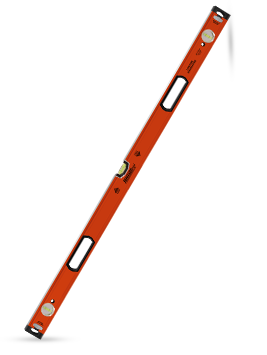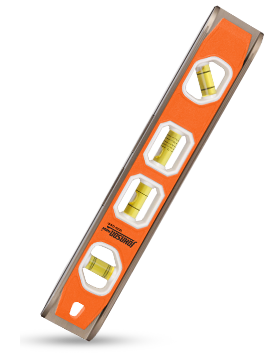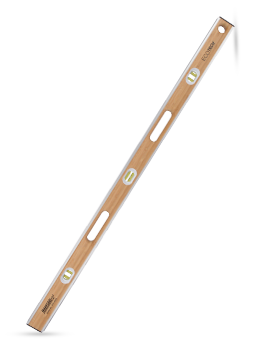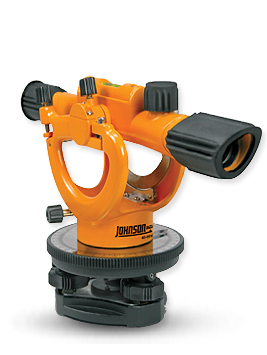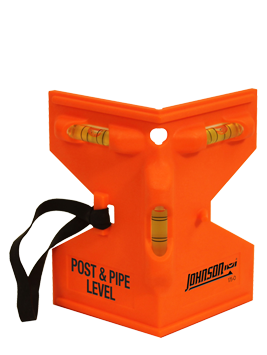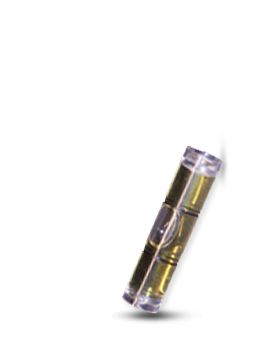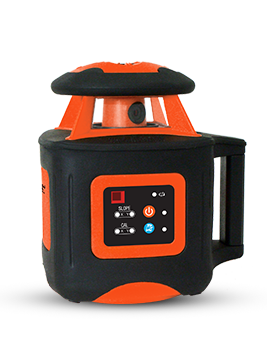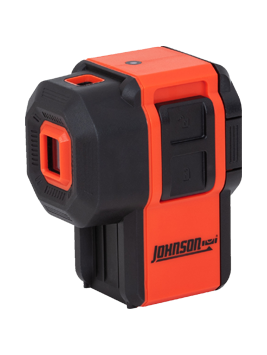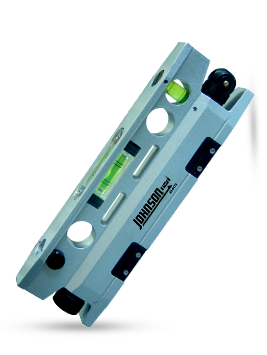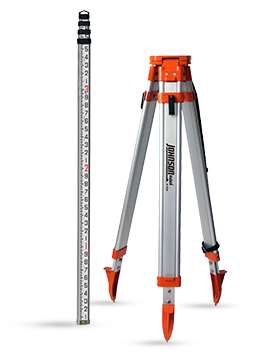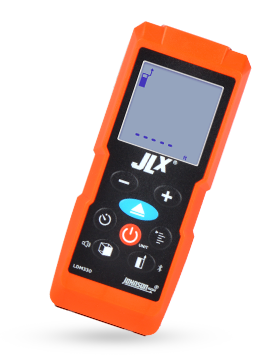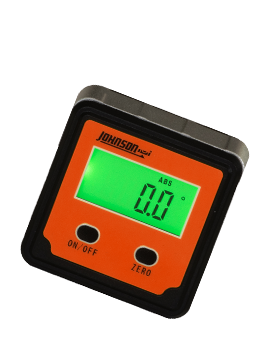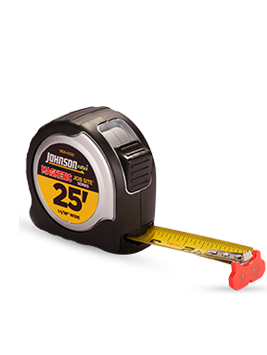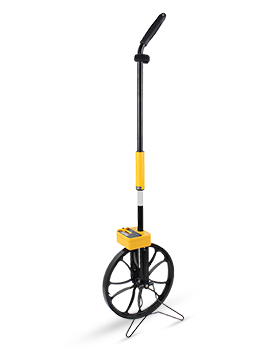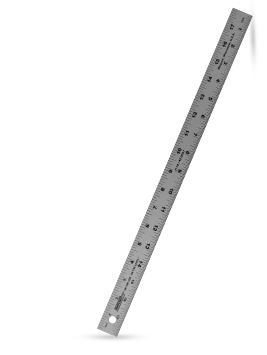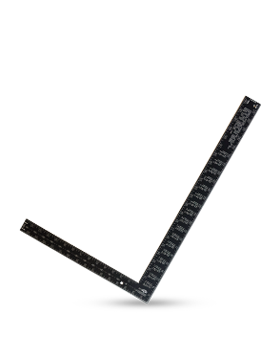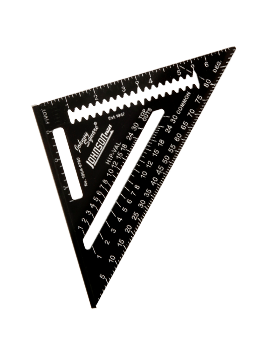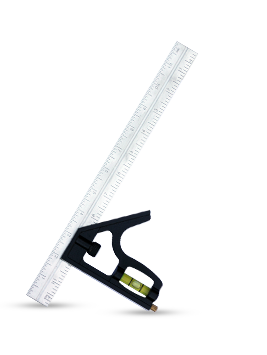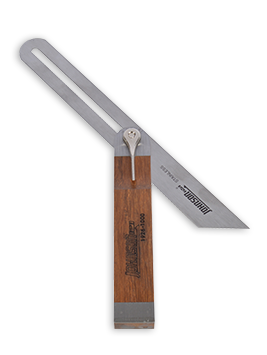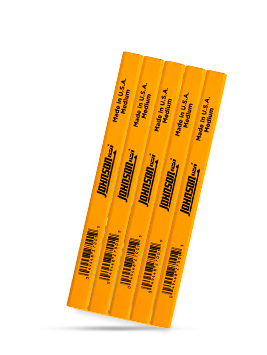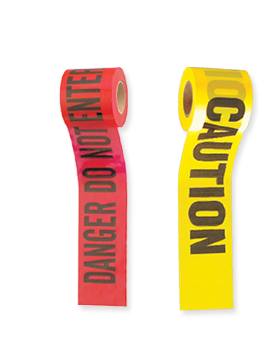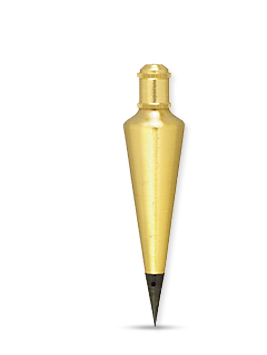How To Choose Construction Measuring Tools
View all construction measuring tools from Johnson Level.
There are many construction measuring tools available to those on a jobsite. You might wonder which type of measuring device are used on construction sites. The experts at Johnson Level offer a guide on what measuring tool to use for which construction job.
Laser Distance Measure: Also known as a laser tape measure (and laser distance finder), laser distance measuring tools are designed to replace your tape measure for medium lengths (100 – 230 feet). Laser distance measures are as accurate as tape measures and are faster to use. Many situations where you would use a tape measure you could employ a laser distance measure. If you’re looking for a combination of convenience and accuracy, pick a laser distance measure.
Digital Measuring: Digital measuring tools are great for finding angle and bore size measurements quickly. Angle locators and digital protractors are as accurate as their manual counterparts, but have the advantage of pairing speed and accuracy that manual protractors may not. Digital measuring tools also come with the benefit of converting units by pushing a button instead of using pencil-and-paper or looking it up.

Tape Measures: Tape measures are the classic way to find a length on small (33 feet or less) construction jobs. There’s no technology to go haywire. Simply use the hook to catch the end of the measured surface and you’re ready to measure. Lightweight and inexpensive, they are the trusted way for finding short-length distances.
Long Tapes: Formally called surveyor’s tape, long tape measures are made for distances longer than a normal tape measure can handle. Long tapes combine the accuracy of a tape measure with the distance measuring capability of measuring wheels. Long tapes are designed for precise, longer-distance (100 – 300 feet) measuring needs.
Measuring Wheel: Measuring wheels, officially known as surveyor’s wheels, are made for long-distance (9,999 – 32,000 feet) measuring. As the name implies, the surveyor’s wheel is used for surveying, which can require the quantification of large distances – perhaps across a plot of land, as an example. Because of its potential for slight inaccuracy, a measuring wheel is primarily used for surveying where a fast measurement is needed for estimating or quick reference.
Straight Edge & Cutting Guides: Straightedges, also called cutting guides, are used for when you simply need to either mark or cut a straight line. Straight edges like yard- and meter sticks are used when high levels of precision are required on a job.

How to Keep Track of Construction Tools
- Ensure every tool either has a carrying case or peg for hanging.
- Keep a physical checklist of what tools you've used, and make a note when you've returned them where they belong.
- Make sure your workspace is well-lit to avoid tools escaping into the darkness.
- Never sacrifice organization for the sake of time and rushing the job. Keep your work area free of loose tools. Put them where they belong before it's a mess.
- For tracking large quantities of specialized tools, invest in reliable computer-based tool tracking software using barcodes.
- To get instant feedback on where your tools are and who is using them, use a tool tracking mobile app.
How to Read a Construction Tape Measure
- Pull out the tape and find the markings.
- On a standard tape measure, the biggest marking is the inch mark (which generally is labeled with the biggest number, if it has the
 m).
m). - Between each inch mark are 15 smaller marks of various sizes. These are in increments of 1/16 of an inch.
- The smallest marks indicate odd increments of 1/16th of an inch (1/16, 3/16, 5/16, etc.)
- The next smallest marks indicate odd increments of 1/8th of an inch (1/8th, 3/8ths, etc. Fractions are reduced as necessary (1/4 inch, 1/2 inch, 3/4 inch)
- The large mark halfway between the inch marks is the half inch marker.
- Use this terminology when making your measurements.
For more information on proper tool use, please consult a collection of how to use tool guides from Johnson Level.
View all construction measuring tools from Johnson Level.

